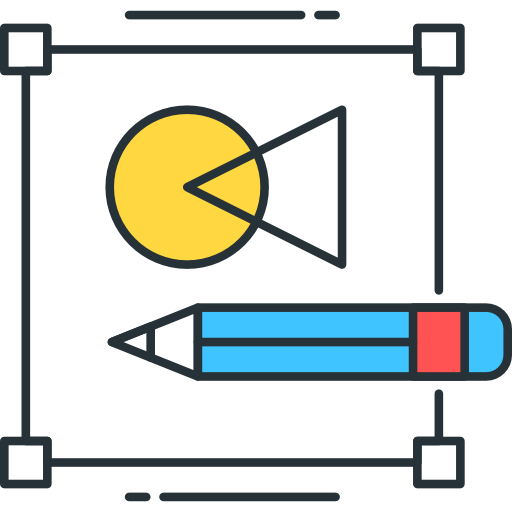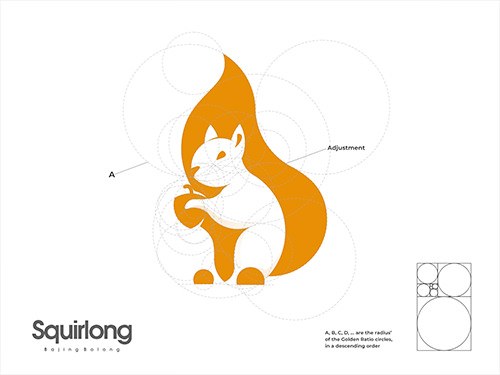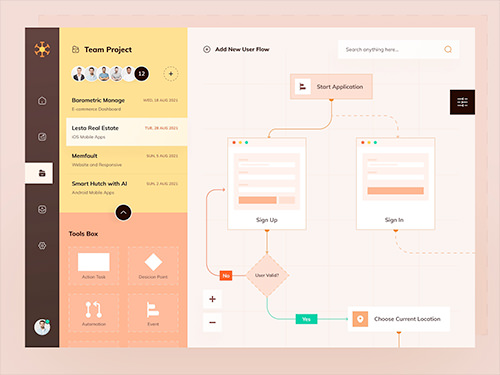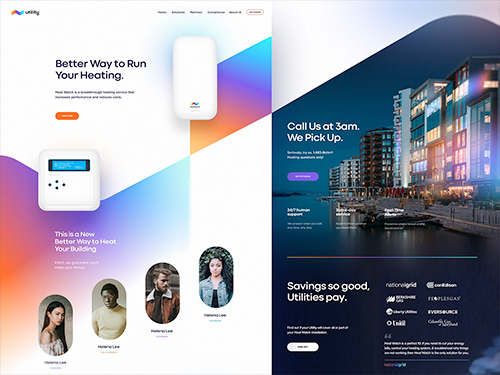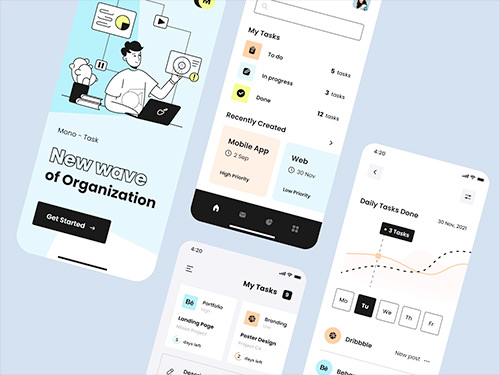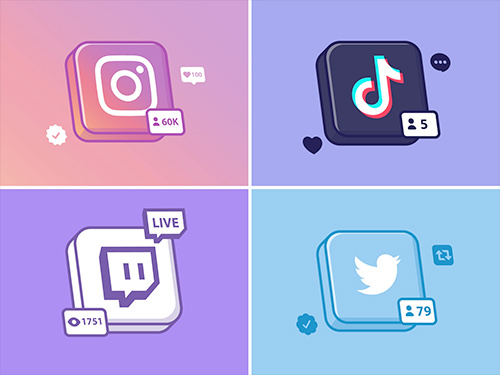- About
Get in touch with Webstring
- Services
- Technology
- Our Work
- Methodology
Marketing
Google & SEO
The key difference between SEO and paid advertising is that SEO involves “organic” ranking, which means you don’t pay to be in that space. To make it a bit simpler, search engine optimization means taking a piece of online content and optimizing it so search engines like Google show it towards the top of the page when someone searches for something.
Coming up with great content isn’t easy, but the good news is, you don’t always need to create your content from scratch. You can piggyback off of what others have created but simply add more value and make your piece of content more in-depth.
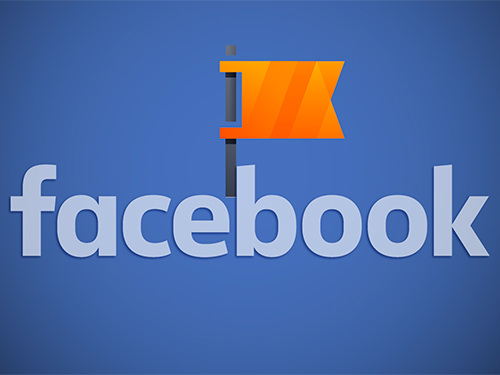


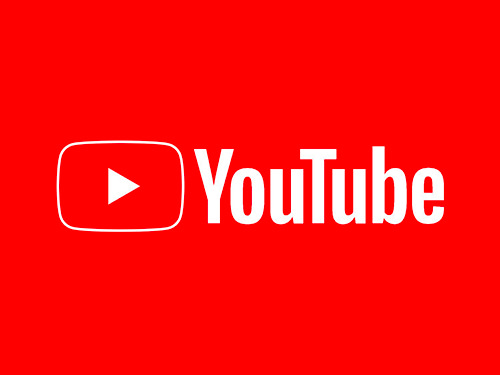
Youtube
Google & SEO Process
Phase 1
Keyword Research and Selection
Keyword research is done for several different reasons, but the two primary reasons are to rank on Google and create relevant content. Keywords can often open the door to inspiration by telling you exactly what people want to know based on what they’re searching for.
Phase 1
Phase 2
HTML
Your site’s HTML is an important piece of the SEO marketing puzzle. Without proper tags, headers, and descriptions, Google will have a hard time figuring out what your content is about and why it should rank higher than the competition.
Phase 2
Phase 3
Site Architecture
A good website architecture leads to a great user experience, which is important for SEO marketing. It focuses on things like fast loading times, a safe connection, and a mobile-friendly design.
Phase 3
Phase 4
Trust
Trust is getting increasingly important, and most of the recent Google updates have hit spammy and obscure websites. TrustRank is a way for Google to see whether your site is legit or not. For example, if you look like a big brand, Google is likely to trust you. Quality backlinks from authoritative sites (like .edu or .gov domains) also help.
Phase 4
Phase 5
Links
The importance of a solid link profile will vary from expert to expert. I still believe links are one of the most important ranking factors Google has for you.
One problem a lot of SEOs have is they don’t understand how to do it the right way. If you use the wrong tactics, you’re setting yourself up for failure from the beginning. If you choose to take the long-term strategy and build links the right way, it might take a bit longer, but you’ll thank yourself down the road.
Phase 5
Phase 6
Personal
The next category of off-page SEO that’s worth taking a look at is personal factors. I’m talking about demographics and location. These factors automatically impact the way someone responds to your content, but your SEO efforts also behave differently from one area of the globe to another.
Phase 6
Phase 7
Social
Lastly, let’s take a look at the social factors of off-page SEO. Besides social signals directly from the searcher, there are other ways good results on social media will help you rank better.
Phase 7
Phase 8
Google’s EAT Guidelines
As you evaluate your SEO practices, you can analyze what Google uses to train human content evaluators. See, in addition to a massive amount of algorithms, Google employs Quality Raters to improve the search engine experience for everyone.
Phase 8
SEO and Google Algorithm Updates
SEO may often feel unapproachable or impossible because of the term “algorithm.” An algorithm is a series of operations a search engine uses to calculate and rank websites based on when someone uses a specific search query.
You may have heard algorithms are always changing, and, to some degree, that’s true. Google makes what they call “core updates” multiple times a year to better serve those searching online. You can explore a history of Google algorithm updates on the Moz website.
However, while Google may often make tweaks, your main concern should continue creating high-quality content, using relevant keywords, and building reputable backlink relationships. You shouldn’t try to “game the system” when it comes to Google’s algorithms, as a major reason for the continual updates is to weed people who do that out. You could actually hurt your rankings by focusing too much on the algorithm and not enough on your content.

